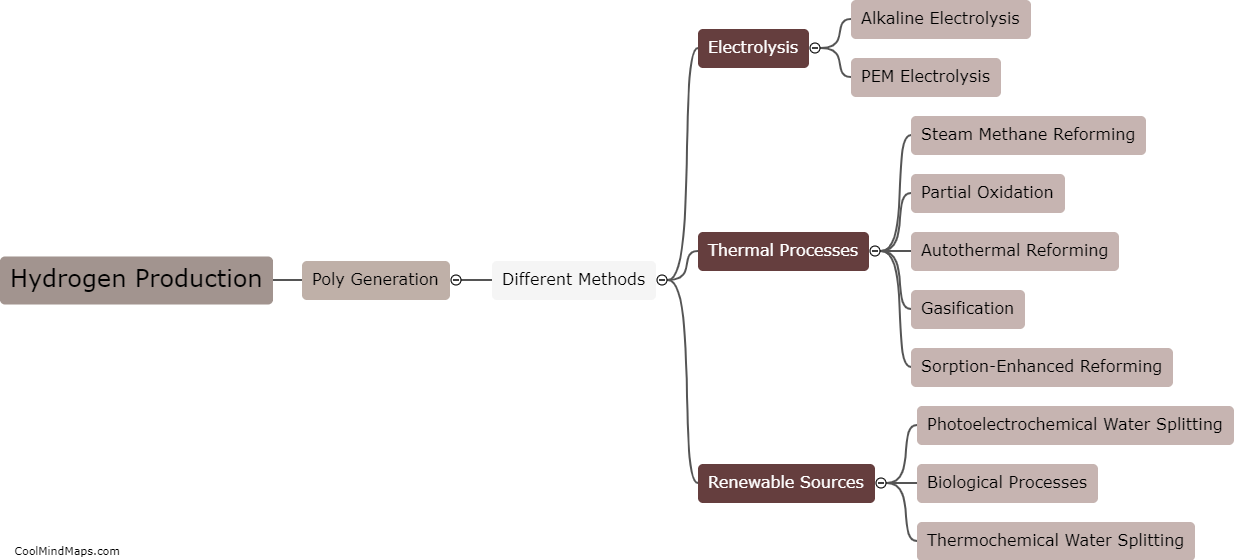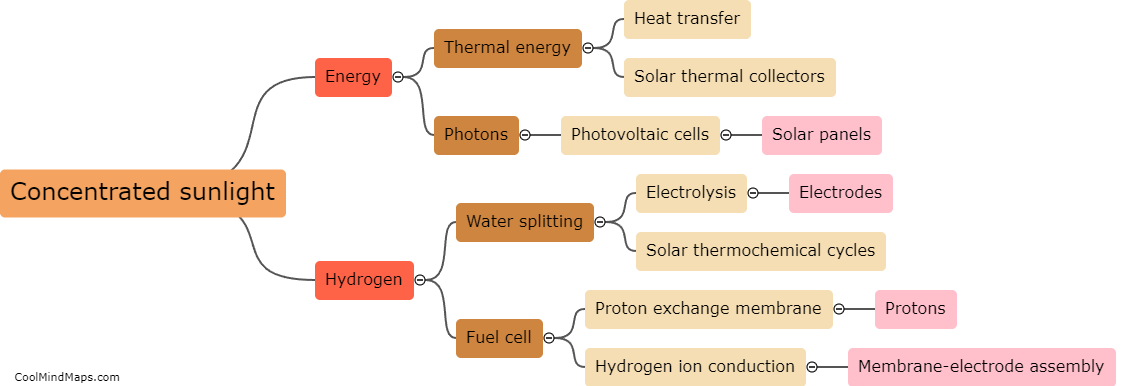What are the advantages of using solar-thermal water splitting?
Solar-thermal water splitting refers to the process of using concentrated solar energy to split water molecules into hydrogen and oxygen, which can then be used as clean and sustainable sources of fuel. There are several advantages associated with this technology. Firstly, solar-thermal water splitting offers a virtually unlimited supply of hydrogen fuel since sunlight is abundantly available. Secondly, it is an environmentally friendly method as it does not produce harmful greenhouse gas emissions or pollutants during the hydrogen production process. Additionally, solar-thermal water splitting systems can be integrated into existing infrastructure, making it feasible for widespread adoption. Moreover, hydrogen generated through this process can be stored and used as a versatile energy carrier for various applications, including transportation and electricity generation, thus reducing reliance on fossil fuels. Overall, the advantages of solar-thermal water splitting make it a promising solution in the quest for sustainable and renewable energy sources.

This mind map was published on 17 October 2023 and has been viewed 84 times.











